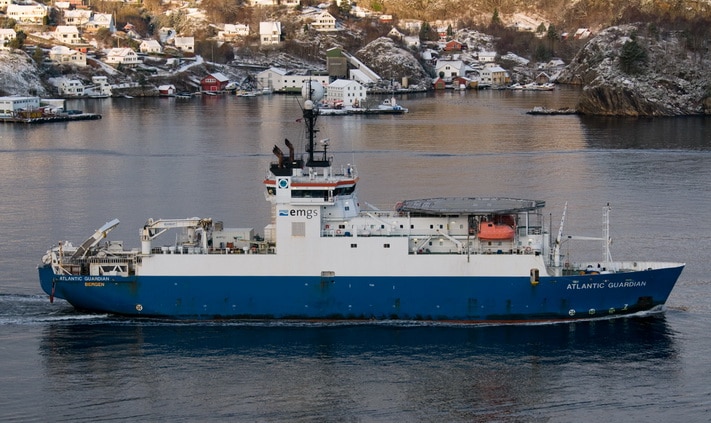Wherever the petroleum industry finds a challenge, great technological minds come up with a solution to improve the exploration, production and development of oil and gas resources.
In 2,450m of water, Shell’s Perdido is the world’s deepest spar, and the second-deepest oil and gas production hub. © Shell.
The technological advancements continually being made throughout the E&P industry are amazing.
Take deepwater drilling as an example. We first tried drilling away from dry land in 1896, using wooden piers extending hundreds of meters into the Californian Pacific and pile drivers to drill into the seabed. For a very young industry, this was an adventurous move. By 1947, drilling had moved to specially built fixed platforms or towed barges, using sophisticated rotary rigs, well out of sight of land. In 1954 the first jack-up rig arrived in the Gulf of Mexico: a novel design which would eventually be able to drill in water 90m deep.
The next major innovation was the semi-submersible, in which the floating rig relies on anchors to keep it steady in the water. These are very stable in rough conditions – just what was needed as the industry moved into the unpredictable waters of the North Sea and deeper Gulf of Mexico in the second half of the 20th century. As drilling progressed into even greater depths like, for example, the South Atlantic off Brazil and West Africa, dynamic positioning ensured the rig remained stationary enough for the drilling riser pipe to pass through many meters of water and not be in danger of breaking.
Developments in seismic technology kept pace with the move into deepwater, with broadband and variable azimuth acquisition methods playing a significant role. Marine 3D seismic became routinely available in the mid ’90s, illuminating the geology of previously inaccessible regions.
The Stones field, operated by Shell in around 2,900m of water, is the world’s deepest oil and gas project, while at 3,400m, Uruguay’s Raya-1 well holds the record for the deepest water depth ever drilled for oil and gas. It is a record I confidently expect to be exceeded before long.
Wherever the industry finds a challenge, great technological minds come up with a solution.
The most pressing challenge facing us now is the energy transition. I, for one, have every faith that this vibrant, innovative industry will be at the forefront of resolving it.





